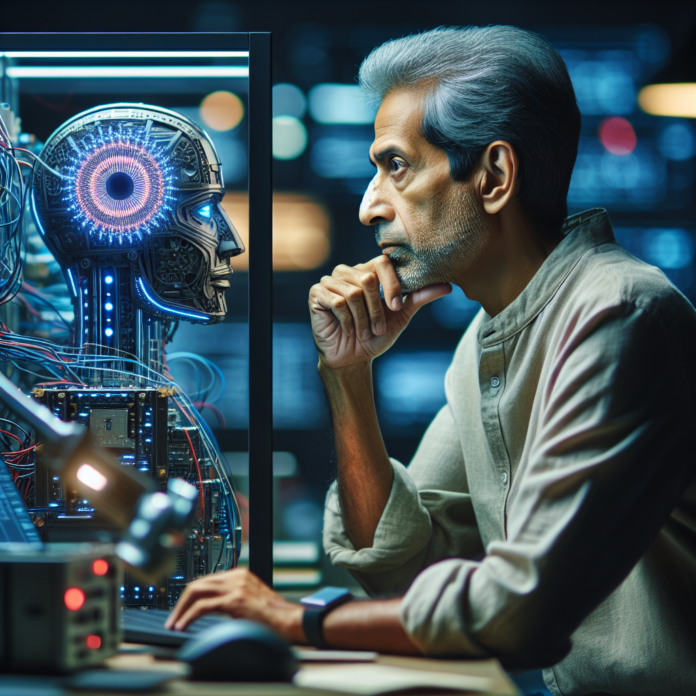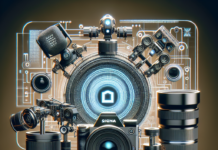Manus AI Agent Receives Major Upgrade
In the rapidly evolving landscape of artificial intelligence, the Manus AI agent has emerged as a groundbreaking development. Developed by the Chinese startup Butterfly Effect, Manus is a general AI agent capable of autonomously performing a wide array of tasks, from web browsing and code execution to complex data analysis. Recently, Manus has undergone a significant upgrade, enhancing its capabilities and setting new benchmarks in AI performance. This article delves into the intricacies of this upgrade, exploring its technological foundations, practical applications, and the broader implications for the AI industry.
Technological Foundations of Manus AI
The recent upgrade of the Manus AI agent is underpinned by the integration of advanced language models and sophisticated toolsets. Manus now leverages Anthropic’s Claude 3.5 Sonnet model alongside fine-tuned versions of Alibaba’s Qwen models. This combination enhances Manus’s ability to comprehend and execute complex tasks with greater accuracy and efficiency. Additionally, the incorporation of the open-source Browser Use AI agent enables Manus to interact seamlessly with web environments, further expanding its operational scope. These technological enhancements collectively contribute to Manus’s superior performance in various AI benchmarks, including the GAIA (General AI Assistants) evaluation, where it achieved a remarkable score of 86.5% in Level 1 tasks, surpassing competitors like OpenAI’s Deep Research agent.
Practical Applications and Use Cases
The upgraded Manus AI agent demonstrates versatility across multiple domains. It can autonomously book flight tickets, reserve restaurant tables, analyze stock market trends, and perform comprehensive data analyses. For instance, Manus can sift through numerous resumes to identify and rank suitable candidates for specific job roles, streamlining the recruitment process. In real estate, it assists users in finding properties that match their preferences and budget by analyzing community safety, school quality, and housing prices. These practical applications underscore Manus’s potential to revolutionize various industries by automating complex tasks that traditionally require human intervention.
Comparative Performance and Industry Impact
The enhanced capabilities of the Manus AI agent position it as a formidable competitor in the AI landscape. Its superior performance in benchmarks like GAIA highlights its advanced reasoning, multi-modality handling, and tool-use proficiency. By integrating multiple tools into a cohesive workflow, Manus offers a more unified and efficient solution compared to existing AI agents that often operate as separate products. This advancement signifies a shift towards more autonomous and capable AI systems, potentially setting new standards for the industry and influencing future developments in AI technology.
Future Prospects and Open-Source Initiatives
Looking ahead, the developers of the Manus AI agent plan to open-source certain components of the system, inviting collaboration and innovation from the broader AI community. This initiative aims to foster a more inclusive development environment, encouraging researchers and developers to build upon Manus’s capabilities and explore new applications. The open-source approach not only accelerates technological advancements but also promotes transparency and shared progress in the field of artificial intelligence.
In conclusion, the recent upgrade of the Manus AI agent marks a significant milestone in the evolution of autonomous AI systems. By integrating advanced language models and expanding its practical applications, Manus sets a new benchmark for AI performance and versatility. Its superior capabilities, demonstrated through various benchmarks and real-world use cases, highlight the potential of AI to automate complex tasks across different industries. As Manus continues to evolve and embrace open-source initiatives, it paves the way for future innovations and collaborations in the AI community, promising a more efficient and intelligent future.





























